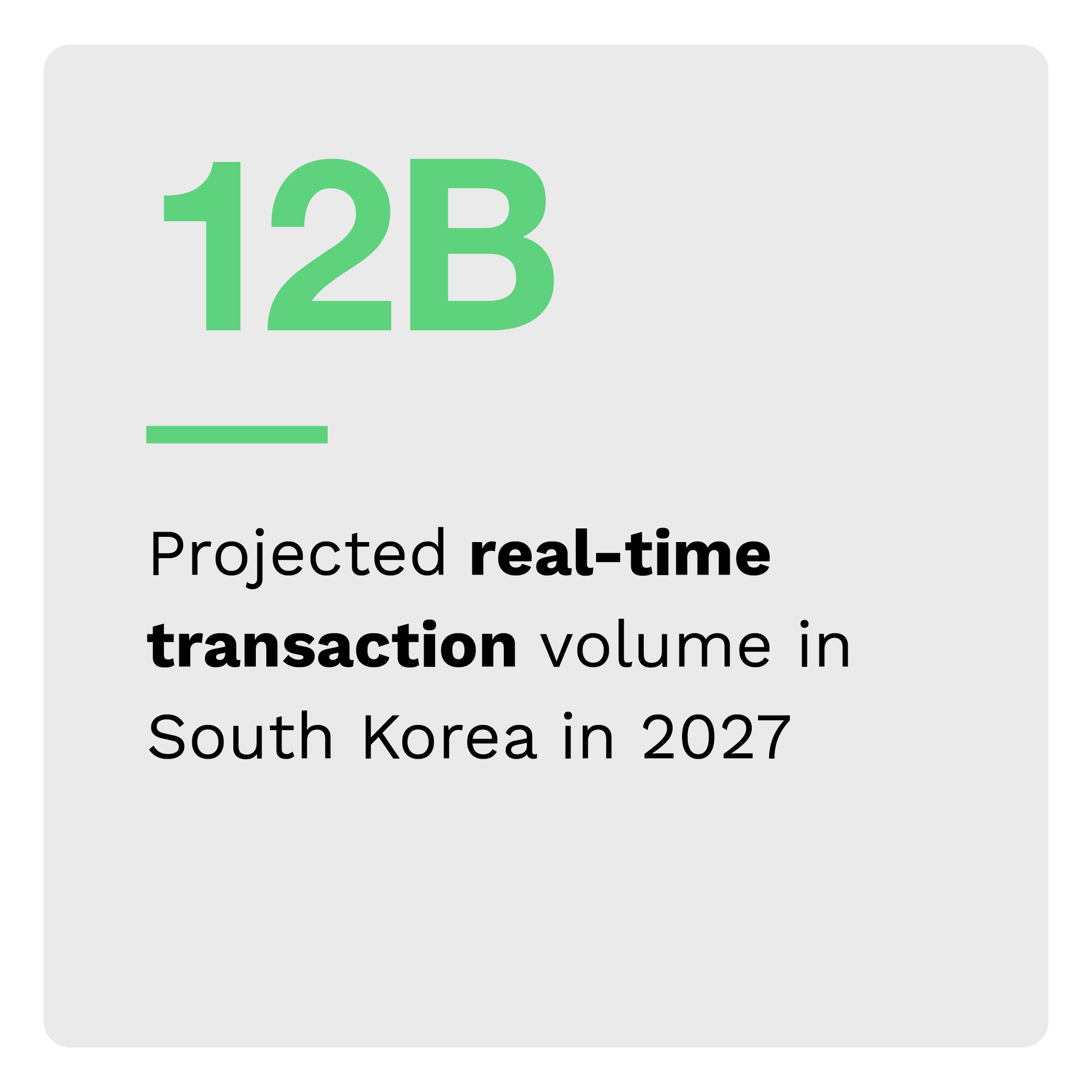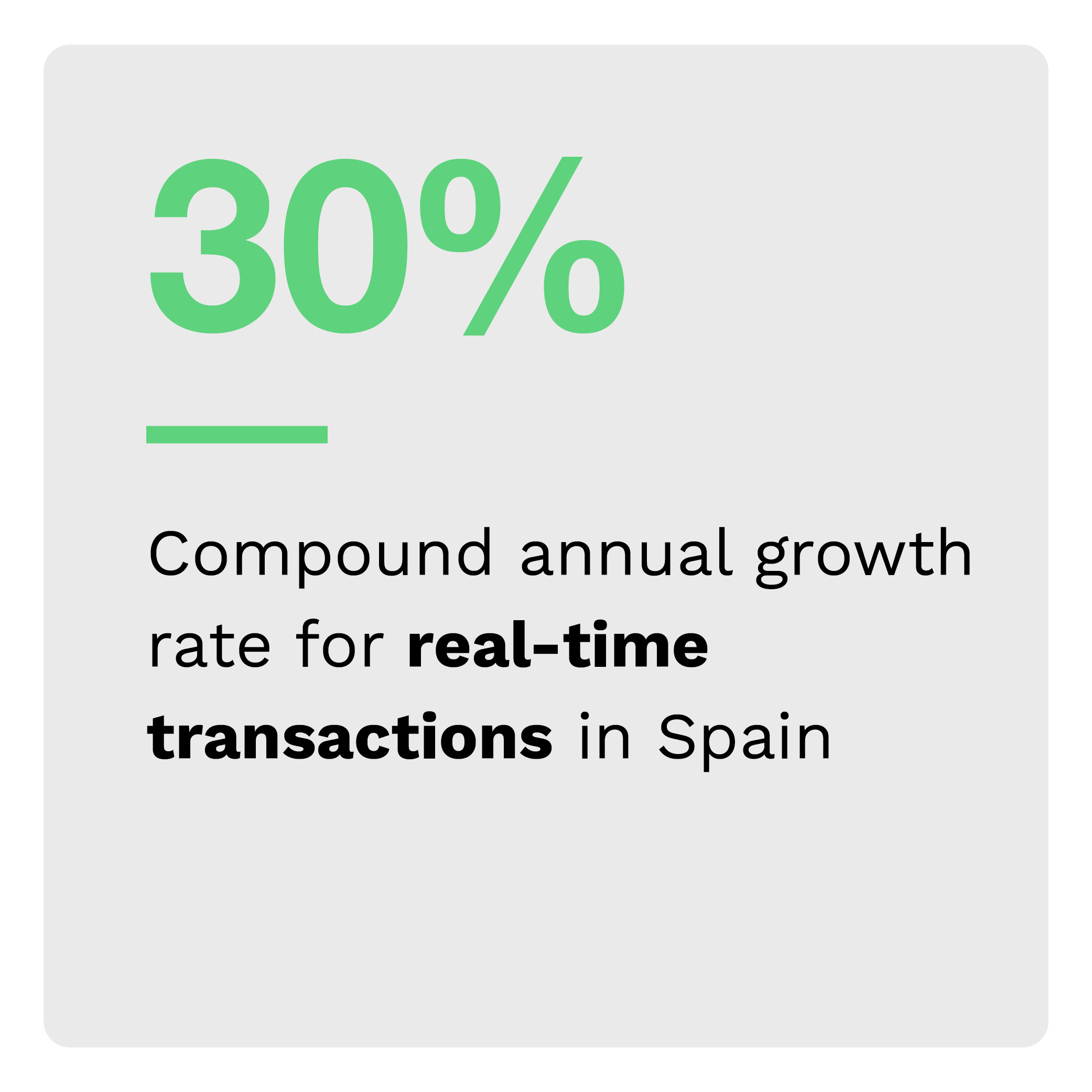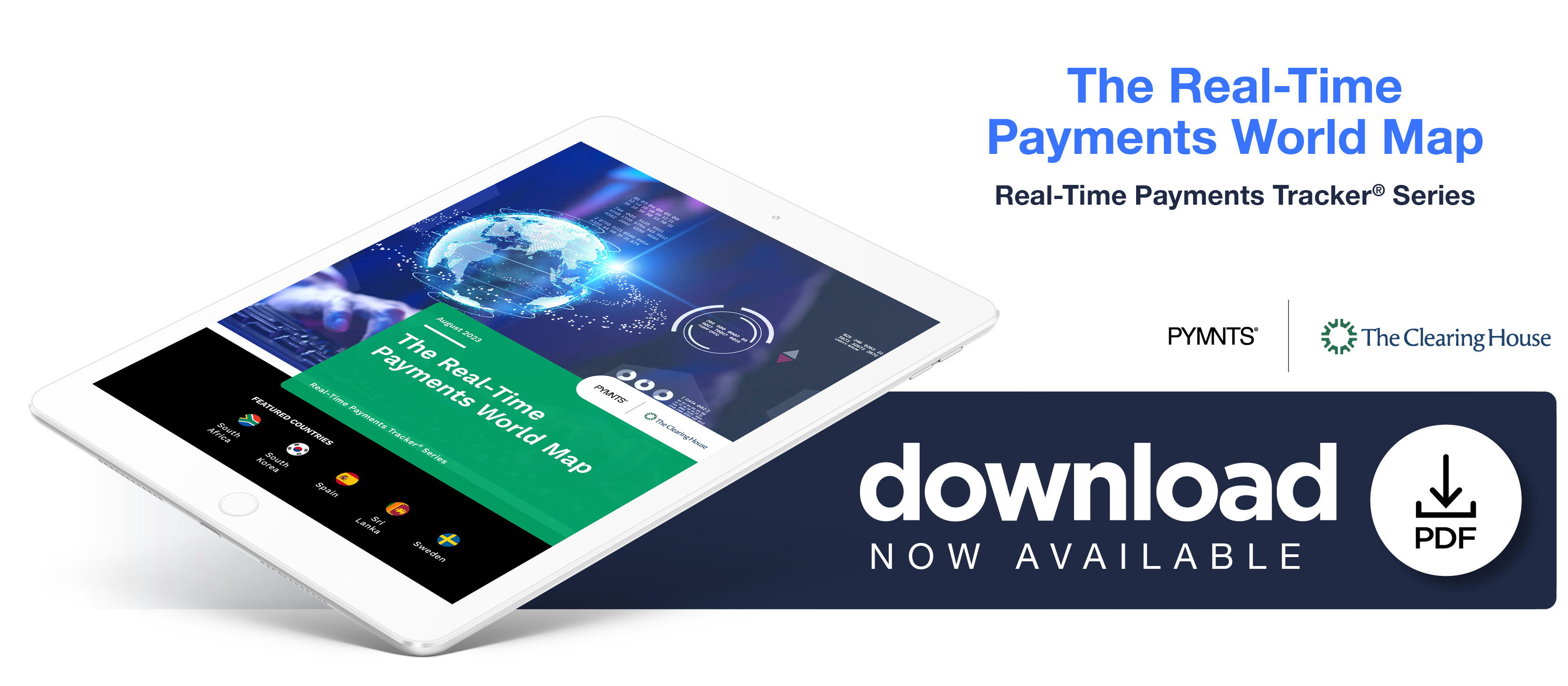Real-Time Payments Taking Hold From South Africa to Sweden

The real-time payments landscape is constantly changing. Growth in adoption and transaction volume has been measured across the continents. With the U.S. Federal Reserve’s launch of FedNow, this change seems likely to be a constant.
South Korea, one of the countries this edition focuses on, has the lowest compound annual growth rate (CAGR) of the five nations in our spotlight, but for a good reason: the longevity of its CD/ATM scheme has already allowed it to handle more than 8 billion transactions in 2022. What appears to be more modest growth numbers still indicates that 4 billion more real-time transactions will happen in 2027 than did last year.
 On the other hand, Spain is primed for growth — a CAGR of 30% — but is starting at 643 million transactions, meaning its projected 2027 volume will be 2.4 billion, representing a growth of less than half as many transactions. Expanding by nearly 2 billion is no small feat, however, and we also found CAGRs of about 25% in Sri Lanka and South Africa.
On the other hand, Spain is primed for growth — a CAGR of 30% — but is starting at 643 million transactions, meaning its projected 2027 volume will be 2.4 billion, representing a growth of less than half as many transactions. Expanding by nearly 2 billion is no small feat, however, and we also found CAGRs of about 25% in Sri Lanka and South Africa.
The systems in Sri Lanka and South Africa both had slow starts; high fees and a large unbanked population hampered adoption in the latter, whereas low initial usage was the main barrier in Sri Lanka. The popularity of mobile wallets and digital transactions has accelerated growth, however.
Sweden launched its BIR payments scheme in 2012, which now accounts for 14% of the country’s payments volume. Though more popular than paper payments, the 982 million transaction volume there as of 2022 means that real-time payments still trail slower digital payments in usage.
With digital payments becoming more and more ubiquitous and systems like FedNow launching, it may only be a matter of time before real-time payments become the expected norm around the world.
The “Real-Time Payments World Map,” a collaboration with The Clearing House, examines the state of real-time payments around the world in current and projected real-time payments volume.


